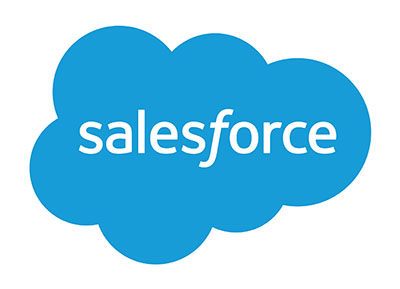How to use Salesforce API with Robocorp and Robot Framework

Get the code and run this example in your favorite editor on our
Portal!
Salesforce provides customer relationship management (CRM) service and also provides enterprise applications focused on customer service, marketing automation, analytics, and application development. Wikipedia - Salesforce
You can build Salesforce API automations with Robocorp. This article introduces the basics.
- Register a Salesforce developer account (it's free).
- In Salesforce:
View profile -> Settings -> Reset My Security Token
- Set up Robocorp vault:
{
"salesforce": {
"username": "The username of the account you registered.",
"password": "The password of the account you registered.",
"token": "The token from the security token reset mail."
}
}
- Authenticate to Salesforce with a username, password, and a security token.
- Create a new Salesforce object.
- Query objects using Salesforce Object Query Language (SOQL).
- Describe a Salesforce object by type.
- Describe all picklist values for a Salesforce object field.
- Get the metadata for a Salesforce object.
For more information about available features and keywords, see RPA.Salesforce library documentation.
*** Settings ***
Documentation Salesforce API examples.
... Prerequisites: See README.md
Library Collections
Library RPA.Robocorp.Vault
Library RPA.Salesforce
Library String
Library RPA.Tables
Suite Setup Authenticate
Task Setup Generate random name
*** Tasks ***
Create a new Salesforce object (Opportunity)
# Salesforce -> Setup -> Object Manager -> Opportunity -> Fields & Relationships.
# Pass in data as a dictionary of object field names.
${account}=
... Salesforce Query Result As Table
... SELECT Id FROM Account WHERE Name = 'Burlington Textiles Corp of America'
${object_data}=
... Create Dictionary
... AccountId=${account}[0][0]
... CloseDate=2022-02-22
... Name=${RANDOM_NAME}
... StageName=Closed Won
${object}= Create Salesforce Object Opportunity ${object_data}
${opportunity}= Get Salesforce Object By Id Opportunity ${object}[id]
Log Dictionary ${opportunity}
Query objects using Salesforce Object Query Language (SOQL)
# Salesforce -> Documentation -> Example SELECT Clauses.
# Salesforce -> Setup -> Object Manager -> <Type> -> Fields & Relationships.
${opportunity}=
... Salesforce Query Result As Table
... SELECT AccountId, Amount, CloseDate, Description, Name FROM Opportunity
${list}= Export Table ${opportunity}
Log List ${list}
Describe a Salesforce object by type
${description}= Describe Salesforce Object Opportunity
Log Dictionary ${description}
Describe all picklist values for a Salesforce object field
${description}= Describe Salesforce Object Opportunity
FOR ${field} IN @{description}[fields]
IF "${field}[name]" == "StageName"
Log List ${field}[picklistValues]
END
END
Get the metadata for a Salesforce object
${metadata}= Get Salesforce Object Metadata Opportunity
Log Dictionary ${metadata}
*** Keywords ***
Authenticate
${secret}= Get Secret salesforce
Auth With Token
... ${secret}[username]
... ${secret}[password]
... ${secret}[token]
Generate random name
${random_string}= Generate Random String
Set Suite Variable ${RANDOM_NAME} Random name ${random_string}
Using the Salesforce API is the preferred way to build robust automations. APIs are versioned and rarely introduce breaking changes. Always consider API first when automating your processes.
In cases where you need to build your automation against a web application, Robocorp also supports that.
Check out the Salesforce Lightning Automation With Robot Framework Browser example robot.
Last edit: May 5, 2022
